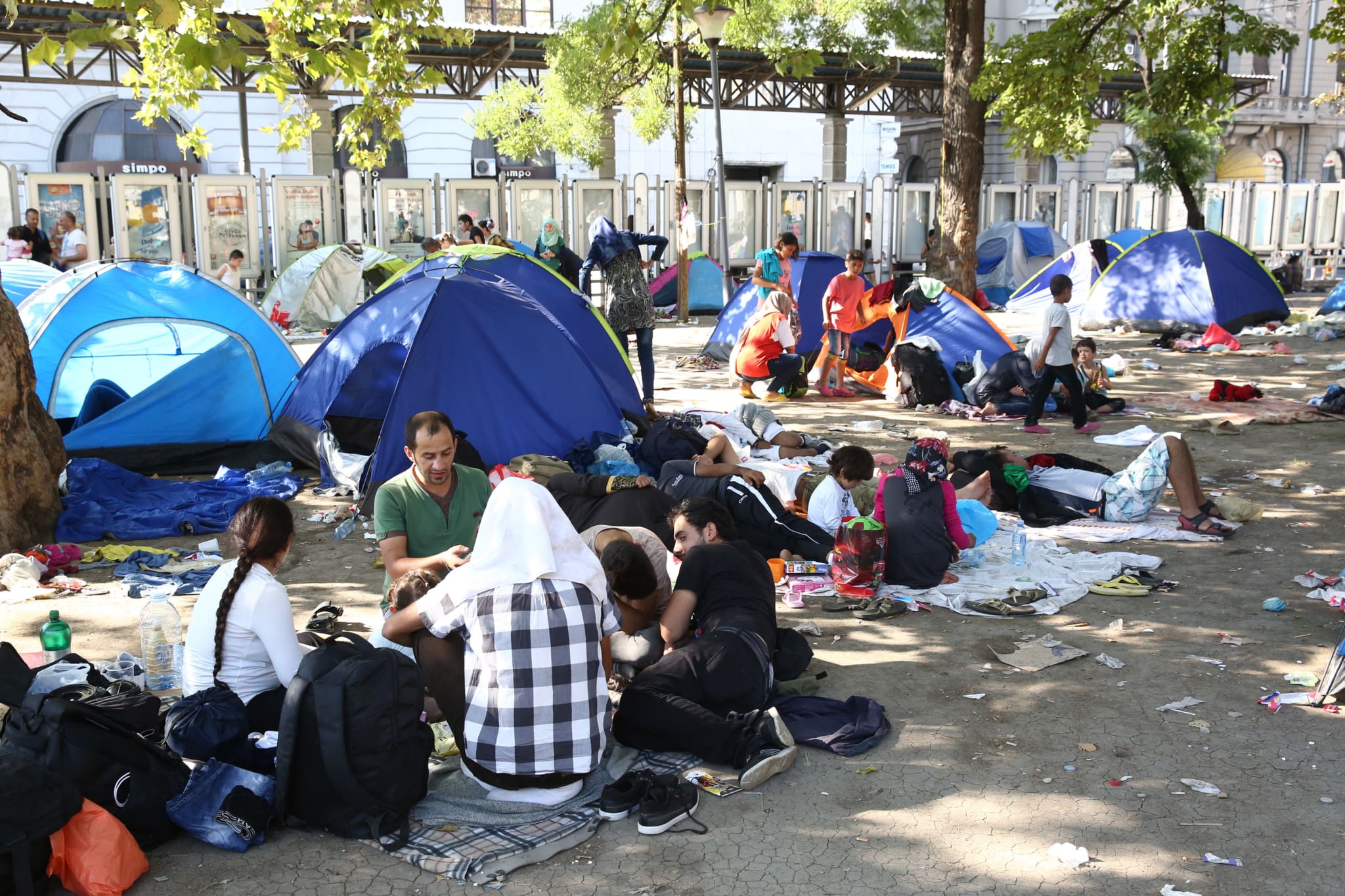Housing accommodations are running out across Germany due to a massive influx of migrants, but the pressure is perhaps nowhere greater than in the capital city of Berlin. As a result, the city is planning to construct a massive tent city for up to 4,000 migrants, according to a paper from Social Senator Katja Kipping of the Left Party within the Berlin Senate.
Kipping wrote in a new paper that in a “very short time a large number” of emergency shelters “for up to 4,000 people” would have to be found in order to temporarily defuse the situation and “avert acute homelessness among refugees.” The State Office for Refugees (LAF) is “not able to absorb the extraordinarily sharp increase” in asylum seekers, the paper explains.
Kipping warned that there is hardly any capacity left, and a spokesman for Kipping said the accommodation situation is “increasingly more complicated.”
The large tents required to set up this “tent city” were already purchased in the spring, but have not yet been deployed. However, such tent cities have already been erected in other German cities such as Leipzig, Bremen, and Munich.
Possible locations for Berlin’s new tent city include the large park at Tempelhofer Feld, the Olympic Park, the city’s exhibition center, and open spaces at the former Tegel Airport, as well as inside terminals A and B, according to a report from German news outlet Taggespiegel. However, other senate departments would also have to agree to these plans.
Berlin has seen a large influx of refugees from Ukraine as well as from Africa and the Middle East. However, Ukrainians are not required to apply for asylum. According to the State Office for Refugee Affairs (LAF), 9,036 people applied for asylum in Berlin in the first nine months — none of whom were Ukrainians.
Approximately 150 migrants are arriving a day, according to Kipping. If the trend continues, the left-wing politician expects space to be needed for up to 10,000 more foreigners by the end of the year. However, if that number is true, even her tent city will not be enough to hold all the newcomers.
New data from the Alternative for Germany, obtained after a senate request, found that the main countries of origin of the migrants arriving in Berlin in recent times were Syria, Georgia, Turkey, Afghanistan, and Moldova.






